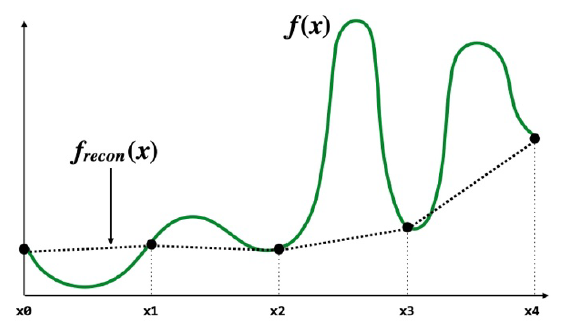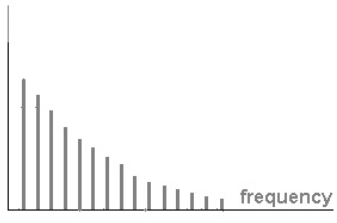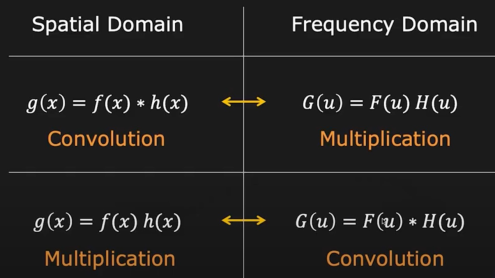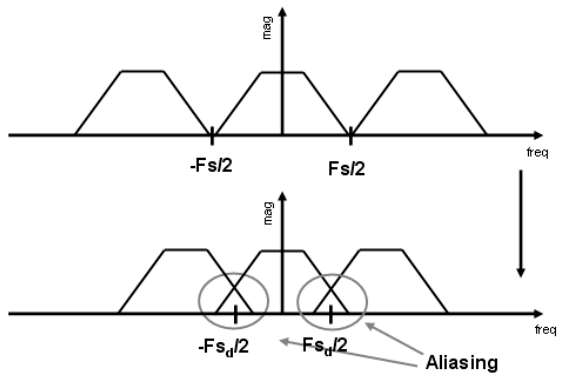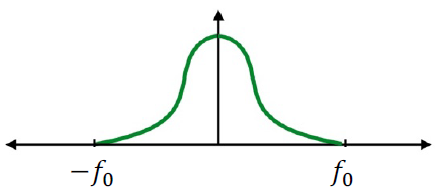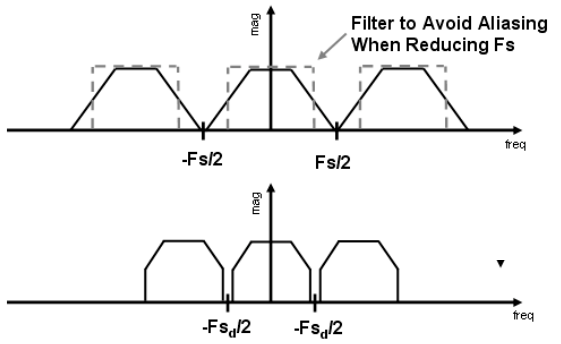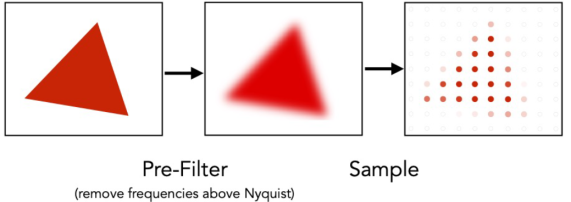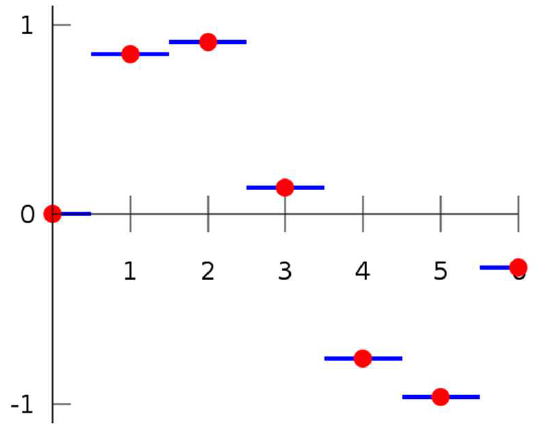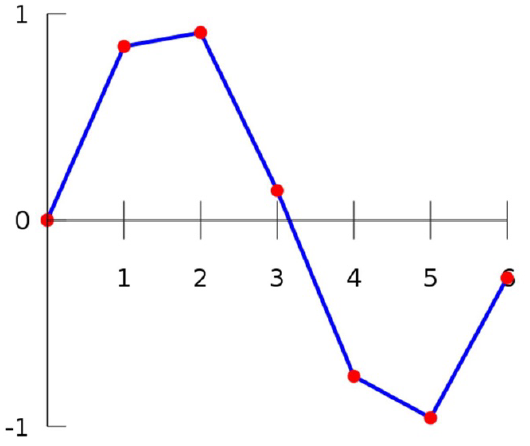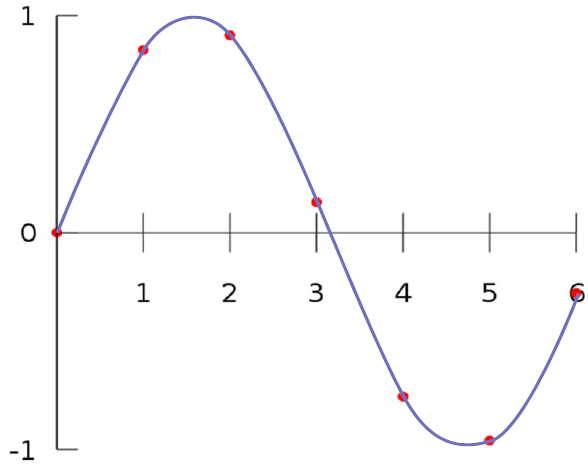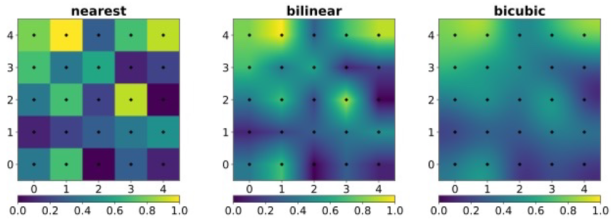Lecture 3 Image Processing¶
Image Processing¶
Common Processs of Images:
Incresing contrast, Invert, Blur, Sharpen, Edge Detection ...
Convolution¶
- Continous 1-D form,
- Discrete 2D form,
Gaussian Blur¶
We define thb 2D Gaussian function as below,
Process of Gaussian Blur
- Define a window size (commmly a square, say \(n \times n\), and let \(r = \lfloor n / 2 \rfloor\)).
- Select a point, say \((x, y)\) and then put a window around it.
-
Apply the Gaussian function at each point in the window, and sum them up, namely
\[ G(x, y) = \sum\limits_{i = x - r}^{x + r}\sum\limits_{j = y - r}^{y + r}f(i,j). \] -
Then the 「blurred」 value of point \((x, y)\) is \(G(x, y)\).
Sharpen¶
An example of kernel matrix
An insight
Let \(I\) be the original image, then the sharpen image can be consider as
where \(I - \text{blur}(I)\) can be regarded as the high frequency part of content.
Extract Gradients¶
Two examples of kernel matrices
- \(f = \begin{bmatrix} -1 & 0 & 1 \\ -2 & 0 & 2 \\ -1 & 0 & 1\end{bmatrix}\) extracts horizontal gradients.
- \(f = \begin{bmatrix} -1 & -2 & -1 \\ 0 & 0 & 0 \\ 1 & 2 & 1 \end{bmatrix}\) extracts vertical gradients.
Bilateral Filters¶
Feature
- Kernel depends on image content.
- Better performance but lower efficiency.
A trick: Separable Filter
Definition
A filter is separable if it can be wriiten as the outer product of two other filters.
Example
Purpose / Advantages: speed up the calculation.
Image Sampling¶
Basic Idea
Down-sampling → Reducing image size.
Aliasing¶
- Aliasing is the artifacts due to sampling.
- Higher frequencies need faster sampling.
- Undersampling creates frequency aliases.
Fourier Transform¶
Simly put, fourier transform represents a function as a weighted sum of sines and cosines, where the sines and consines are in various frequencies.
Now we can consider sampling and aliasing from the view of Fourier Transform (FT) ...
Sampling and Aliasing From FT¶
Sampling is repeating frequency contents. Aliasing is mixed frequency contents.
Method to reduce aliasing
-
Increase sampling rate
-
Anti-aliasing
-
Filtering → Sampling.
-
Image Magnification¶
Basic Idea
Up-sampling is Inverse of down-sampling.
An important method: Interpolation.
1D Interpolation¶
-
Nearest-neighbour Interpolation
-
Feature: Not continuous; Not smooth.
-
-
Linear Interpolation
-
Feature: Continuous; Not smooth.
-
-
Cubic Interpolation
-
Feature: Continuous; Smooth.
-
2D Interpolation¶
(similar to 1D cases)
- Nearest-neighbour Interpolation
- Bilinear Interpolation
- define \(\text{lerp}(x, v_0,v_1) = v_0 + x(v_1 - v_0)\).
- Suppose the point in the rectangle surrounded by four points are \(u_{00},u_{01},u_{10},u_{11}\).
- then \(f(x, y) = \text{lerp}(t, u_0, u_1)\), where \(u_0 = \text{lerp}(s, u_{00}, u_{10})\) and \(u_1 = \text{lerp}(s, u_{01}, u_{11})\).
- Bicubic Interpolation
Super-Resolution¶
Remains
Change Aspect Ratio¶
Remains
创建日期: 2022.11.09 00:35:37 CST
